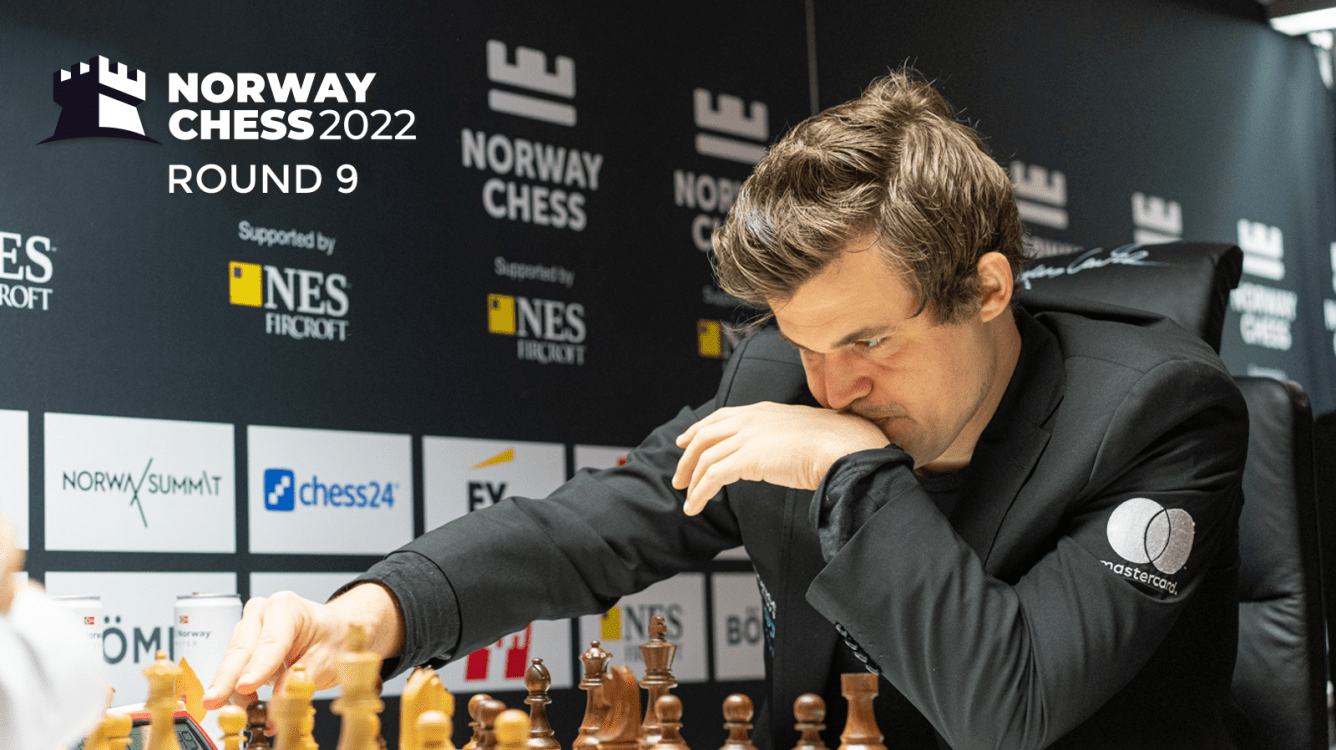
10 Players Move Pieces; In The End, Magnus Always Wins Norway Chess
"If it's entertaining, it must be entertainment!" said a couple of TV show hosts when I lived in England, and the same can be said about this year's edition of Norway Chess.
The headline, of course, paraphrases the famous Gary Lineker (English footballer) comment about football [Americans: soccer]: “Football is a simple game. Twenty-two men chase a ball for 90 minutes and at the end, the Germans always win.”
But it was exciting and it was tense. After World Champion Magnus Carlsen was forced to accept a draw against GM Veselin Topalov, he had to wait for the conclusion of the game between the two Azeri GMs, Shakhriyar Mamedyarov and Teimour Radjabov. Eventually, that too ended in a draw, sealing the tournament victory for the Norwegian grandmaster.
How to watch?
You can follow the 2022 Norway Chess with expert commentary on Chess.com/TV or on our Twitch channel. You can also catch all our live broadcasts on YouTube.com/ChesscomLive.
Follow the 2022 Norway Chess games live on our dedicated page on Chess.com/events.
As the 10th edition of Norway Chess winds down, there were many memorable moments. More points:
- Carlsen won for the fifth time.
- Mamedyarov nearly won the tournament after an epic charge in the last rounds.
- GM Viswanathan Anand made an incredible return to classical chess, leading the tournament part of the way and nearly eliminating Carlsen in the process.
- GM Aryan Tari stepped in on short notice and played incredibly well.
- The struggles of Radjabov and GM Wang Hao show that Anand's triumphant return is something truly extraordinary.
- The crazy format worked, producing a number of truly fascinating armageddon games after some seriously dull classical games.
I could easily add more to the list. If you can think of any, please mention them in the comments below.
Topalov-Carlsen
How should Carlsen handle this game? Play solidly and hope for chances to appear during the game? Or go for something sharper to force a crisis on the board and then hope that he, being in better shape than the mostly retired Topalov, leader of the tournament? After all, what would happen in the game between the Azeri friends?
The Norwegian chose the former approach. In an Italian Game, Topalov played solidly while Carlsen eagerly tried to create imbalances without overcommitting himself with weaknesses.
The game never veered far from equality. If anything, it is always White who was marginally better. But it ended in a draw.
In the armageddon game, it was now Topalov who had to win the game, as Carlsen with draw odds could play solidly to win.

Topalov, as he is wont to do, repeated his opening from the classical game. Carlsen equalized quite easily. However, after making a couple of mistakes on moves 22 and 23, he allowed White to play the strong b2-b4, which gave White a small but clear advantage.
However, after one mistake by Topalov, the advantage was gone and with a little combination, Carlsen forced a very equal position on the board, which sufficed for Topalov to offer a draw.
After the conclusion of the Mamedyarov-Radjabov game, Carlsen cheekily tweeted:
Everyone always says it’s great for Chess when I don’t win.
— Magnus Carlsen (@MagnusCarlsen) June 10, 2022
So today was another bad day🥶 https://t.co/cSr99fEhCC
Mamedyarov-Radjabov
What would happen between the Azeris? The day before, GM Anish Giri announced that Carlsen had already won the tournament because Mamedyarov and Radjabov always draw their games.
But somebody forgot to tell that to Mamedyarov because he seemed to be on a mission to rip the crown off King Magnus's head and place himself on the throne of Norway Chess.
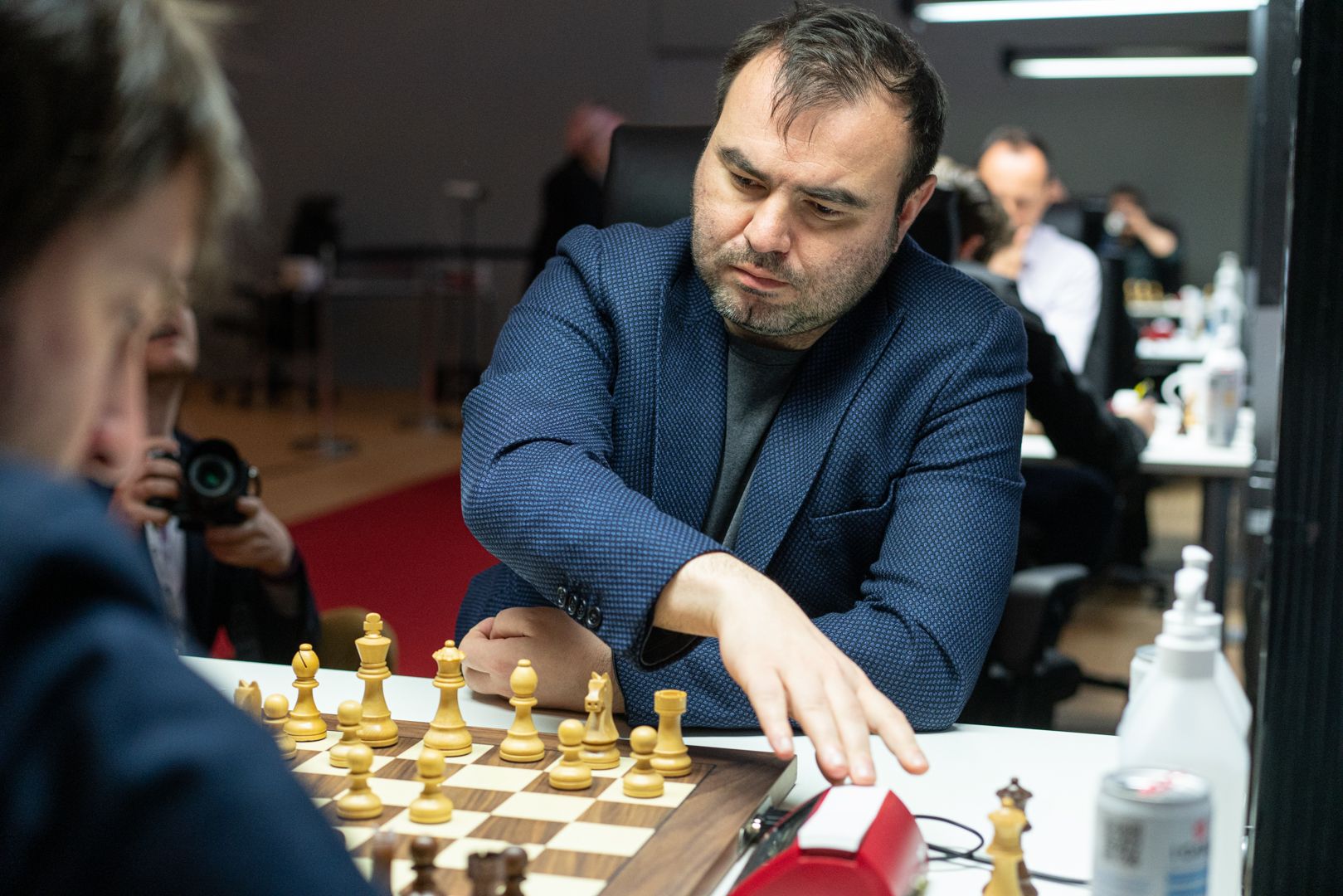
As White in a Catalan, Mamedyarov sacrificed the c4-pawn and mercilessly went for Black's king by first throwing the h-pawn on the way and then sacrificing an exchange. To say that it looked scary for Black is an understatement. Mamedyarov pounded on Radjabov's kingside like an angry Lord-of-the-Rings-kind-of-Orc with a heavy club, while Radjabov defended with the remarkable composure and tenacity of the combined forces of the elves, humans, dwarves, and hobbits.
Like in several of the battles in Lord of the Rings [spoiler alert], just when it seemed like it was all over, Black found the last resources and escaped what looked like a certain defeat [sorry about the spoiler if you haven't seen the movies or read the books, you have had several years, so... sorry but not sorry!], and saved a draw.
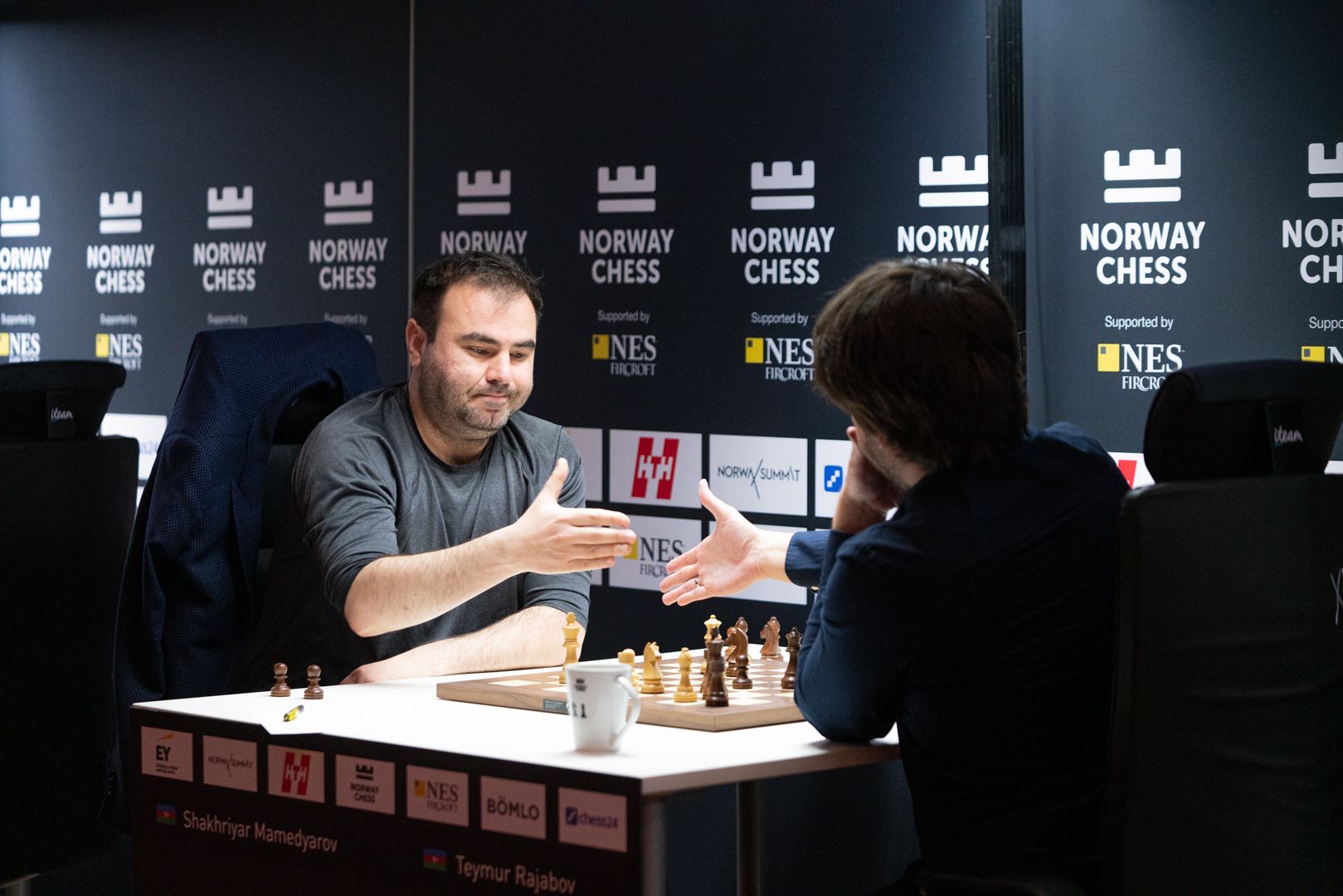
What a titanous battle between the two Azeri giants. It certainly makes us chess fans wish that they would be a little less friendly and less draw-prone when they encounter each other.
The armageddon game was quite anti-climactic in that no one had anything left to play for. Mamedyarov played sloppily, seemed deflated, and soon got into serious trouble.
Radjabov offered his compatriot a way out by offering a repetition of moves, but Mamedyarov incomprehensibly declined by playing a move that made his position even worse. Finally, when White was so utterly busted (-10 according to my engine!), Radjabov offered another hand to Mamedyarov by repeating moves, which this time was accepted.
Tari-Anand
Two players who will enjoy looking back at this tournament are Tari and Anand. Nobody expected Tari to finish anywhere but last, but he had an excellent tournament. Anand had not played classical recently and was leading the tournament for a while. Had he beaten Carlsen, he might even have won the tournament.
Last-round matchups like this one, where both players are satisfied with their tournaments, often end relatively peacefully.
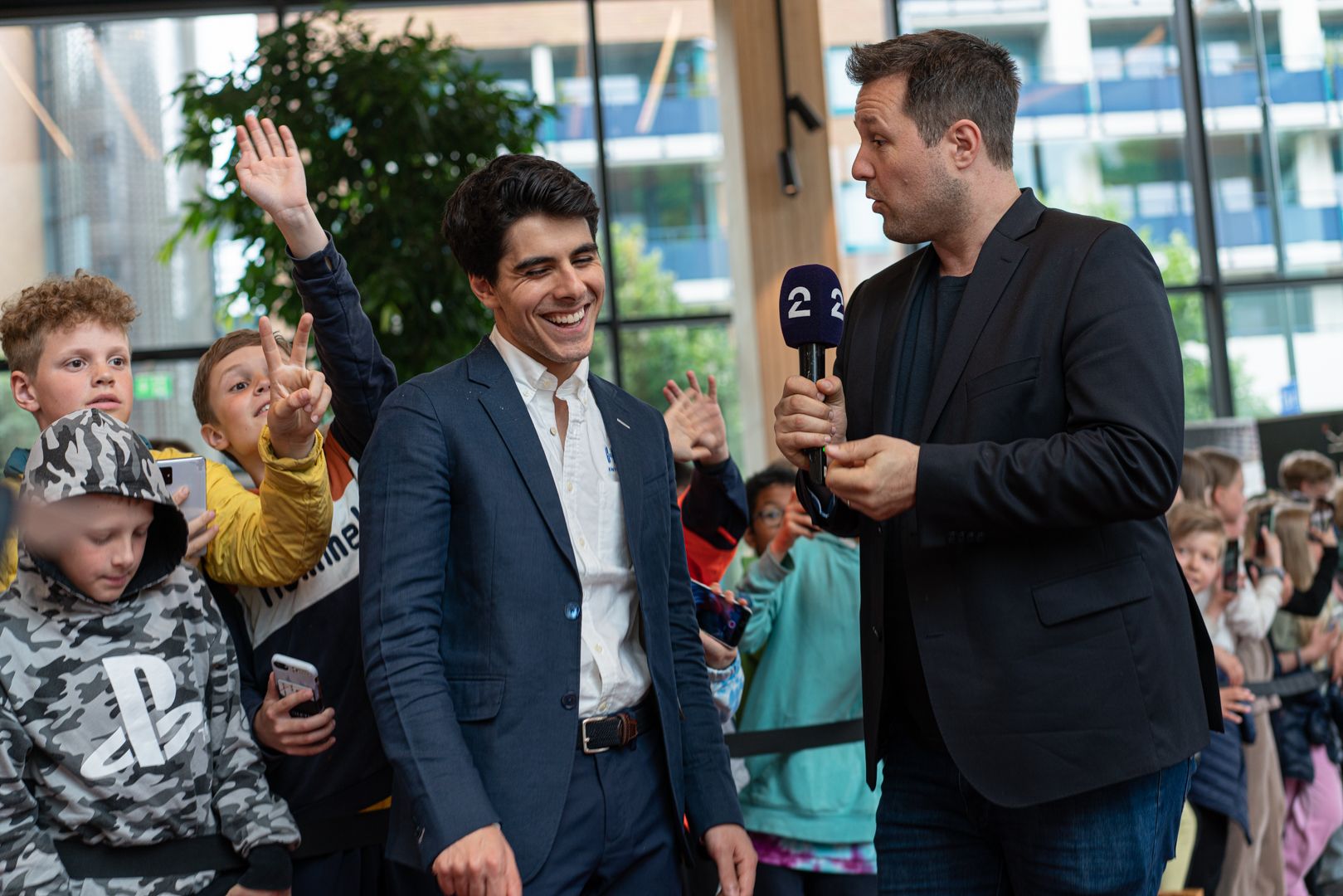
That came to pass.... After Tari's 1.e4, Anand opted for 1...e5 and in a Ruy Lopez, he went for the Open Variation. He played a novelty and then fired off an elegant combination that forced a draw by perpetual check.
For the armageddon game, Tari switched weapons, going from the Ruy Lopez to the Italian Game. It did not look like Tari would have a lot of luck with that either. Anand aggressively set up on the kingside and forced Tari to accept a queen trade to calm things down.
Then after lengthy maneuvering, the surprise happened. Anand, not Tari, started making mistakes. Maybe the energy expenditure of a hard-fought event with many armageddon games was beginning to affect the veteran Indian player? After a big blunder on move 39, Tari was suddenly winning!
But the joy of that moment did not last for long as on move 41, Tari went wrong and let the majority of the advantage slip.
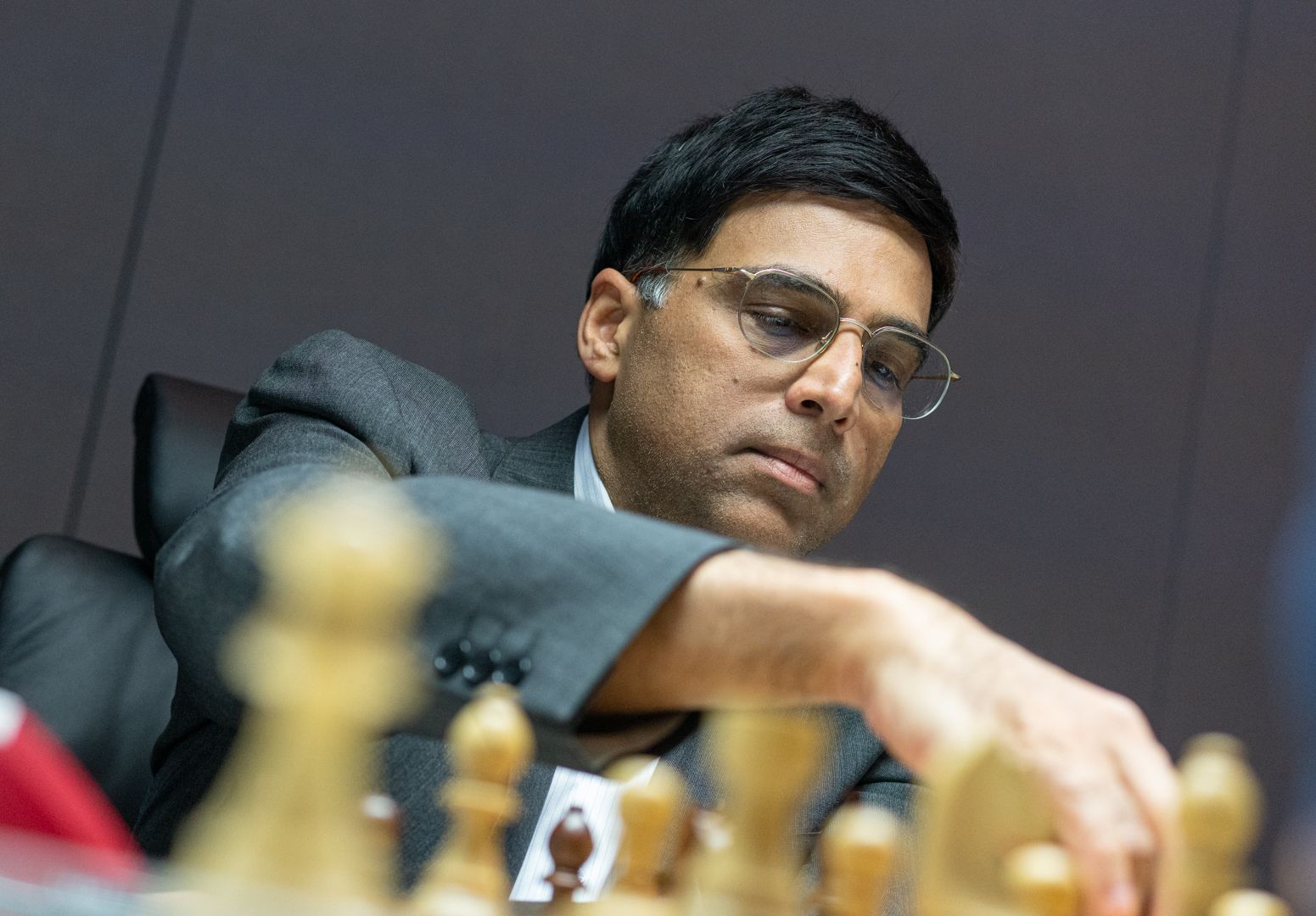
Instead, the players headed into a pure rook ending, where simple technique was required on both sides, albeit mostly on Anand's side. This he had... in spades. It was almost ridiculous to look at how fast he executed an endgame where many grandmasters, including Carlsen (once in a game against Aronian), have failed to find the right moves. Anand seemed to gain time on the clock, despite only the one-second increments, whereas Tari's clock methodically ticked down.
Then another surprise happened: Tari lost on time. Of course, a loss or a draw would have meant the same thing at this point because Anand would have won the armageddon in either case.
Wang-So
Although the above players were happy about their tournaments, the combatants in this matchup were undoubtedly the exact opposite. American GM Wesley So was in contention for a while, but his ambitions to win the tournament crashed at the end. Wang returned to play after his retirement announcement last year in the wake of the just concluded Candidates tournament. He was clearly rusty and made several uncharacteristic mistakes, but he had a memorable game against Topalov to recall.
Their classical game was the dullest game of the round. Let's just say that neither side tried very hard to win in a Ruy Lopez Berlin Defense. The pieces were systematically chopped off, and when the opportunity offered itself, they took a repetition of moves.
In the armageddon game, Wang decided to switch to 1.d4 and against So's Nimzo-Indian, he went for the Samisch Variation that is becoming more popular these days after having been considered insufficient for many years.
Black seemed to have things well under control, but then a couple of sloppy moves snuck in, and next White had the advantage. It grew even larger when So decided, rather unnecessarily, to sacrifice the exchange. Then Wang blundered, letting So win back the exchange, and with that, the game swung in the other direction.
In the end, though, So did the honorable thing and let Wang off with a draw.
Vachier-Lagrave–Giri
Technically speaking, French GM Maxime Vachier-Lagrave was still in contention for first place if both Carlsen and Mamedyarov lost, but, of course, no one expected that to happen. Against Dutch Giri, he was, therefore, trying to win without ruining his own tournament with a loss.
For that purpose, he wheeled out the Rossolimo in reply to Giri's surprising 2...Nc6 (doesn't he like the Najdorf any more?). Giri then in an almost Carlsenesque fashion whipped out 5...h6 that had only been played once prior. Clearly, Giri was determined neither to discuss the Najdorf with the high priest of the Najdorf religion himself, nor was he willing to show his hand in Rossolimo.
Nevertheless, Giri equalized quickly and the equilibrium never left the board. On move 32, the players agreed on a draw.
Not terribly exciting stuff. It is worth mentioning that had Vachier-Lagrave won this game, he would have joined Mamedyarov in second place.
For the armageddon, Giri opted for 2...d6, possibly inviting to a Najdorf, or would it be a Dragon? He has made Chessable courses on both. However, Vachier-Lagrave went for 4.Qxd4 followed by 5.Qe3 that has become rather popular. Giri reacted with composure and equalized smoothly. In the early middlegame, it would have been fair to even prefer his chances.
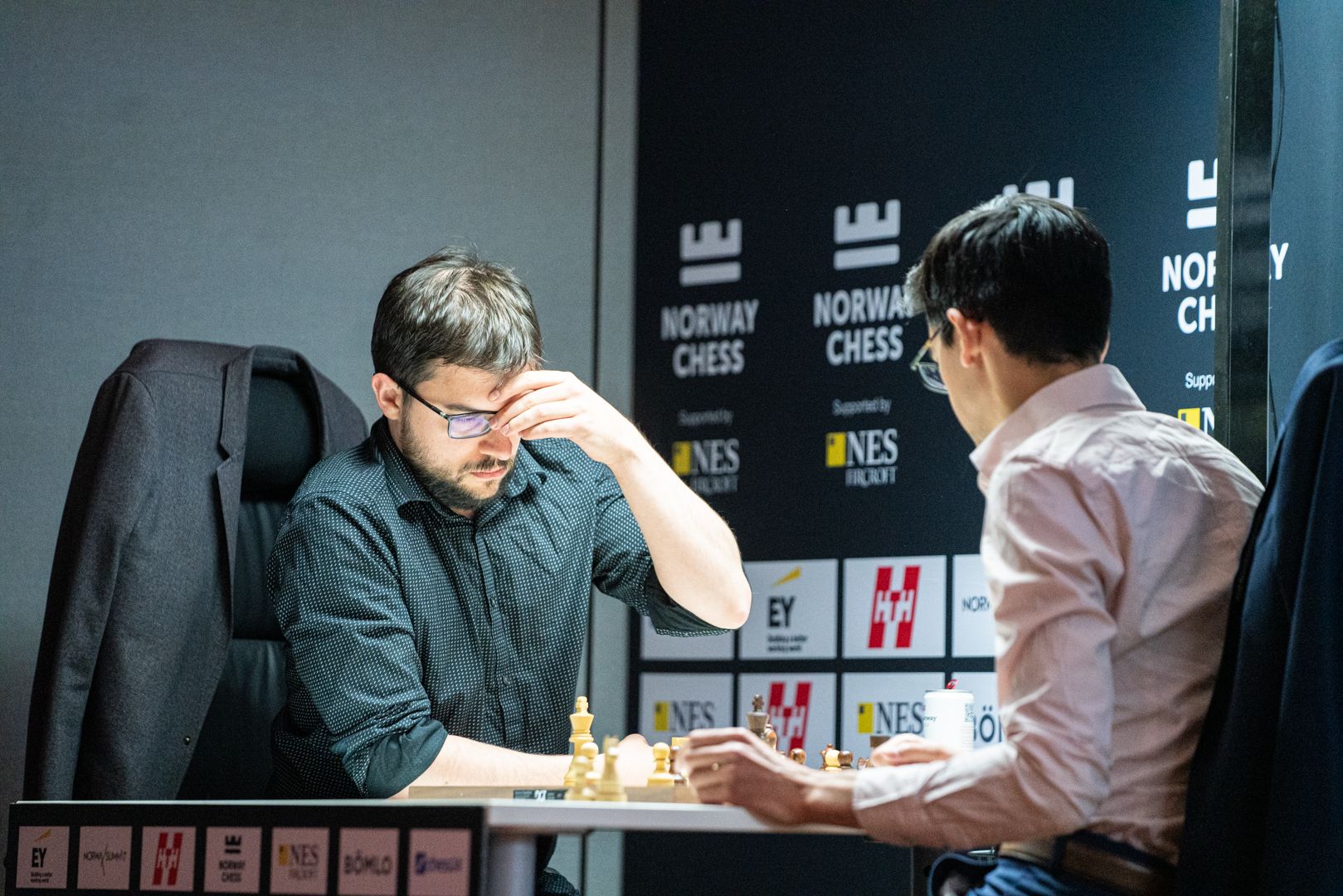
But as the time got low on the clocks, the mistakes started appearing on the board on both sides. Honestly, there were too many to sum them all here. Suffice it to say that both sides had their share of chances and mistakes. But Giri made the last big mistake that decided the game.
Final Standings

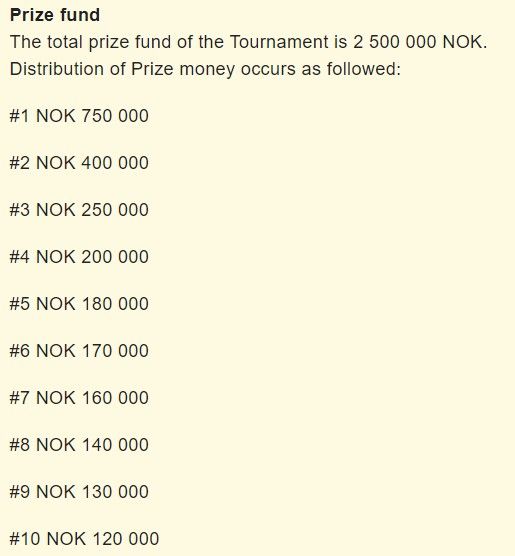
All Games Round 9
The 2022 Norway Chess ran May 31-June 10, 2022. The event consisted of a 10-player single round-robin in a classical time control of 120 minutes for the game with a 10-second increment after move 40. The scoring system was three points for a win instead of the usual one. If the game was drawn, competitors played an armageddon game with the winner scoring 1.5 points and the loser 1 point. The prize fund was 2.5 million Norwegian kroner (NOK).
Previous coverage:
- The Red Wedding Of Norway Chess
- Highpoints & Heartbreaks In Stavanger
- Carlsen Wins, Leads, Hits A 2870 Live Rating
- Anand's Norwegian Adventure Continues, Takes Down Carlsen
- Welcome To Valhalla: Carlsen Crushes Giri
- Tiger Of Madras Returns - Vintage Anand Leads
- Anand Wins Again, Takes Sole Lead: Norway Chess, Day 2
- Anand, Wesley So Take Lead: 2022 Norway Chess, Day 1
- Wesley So Wins Blitz Event: Norway Chess 2022
- 2022 Norway Chess - All The Information


